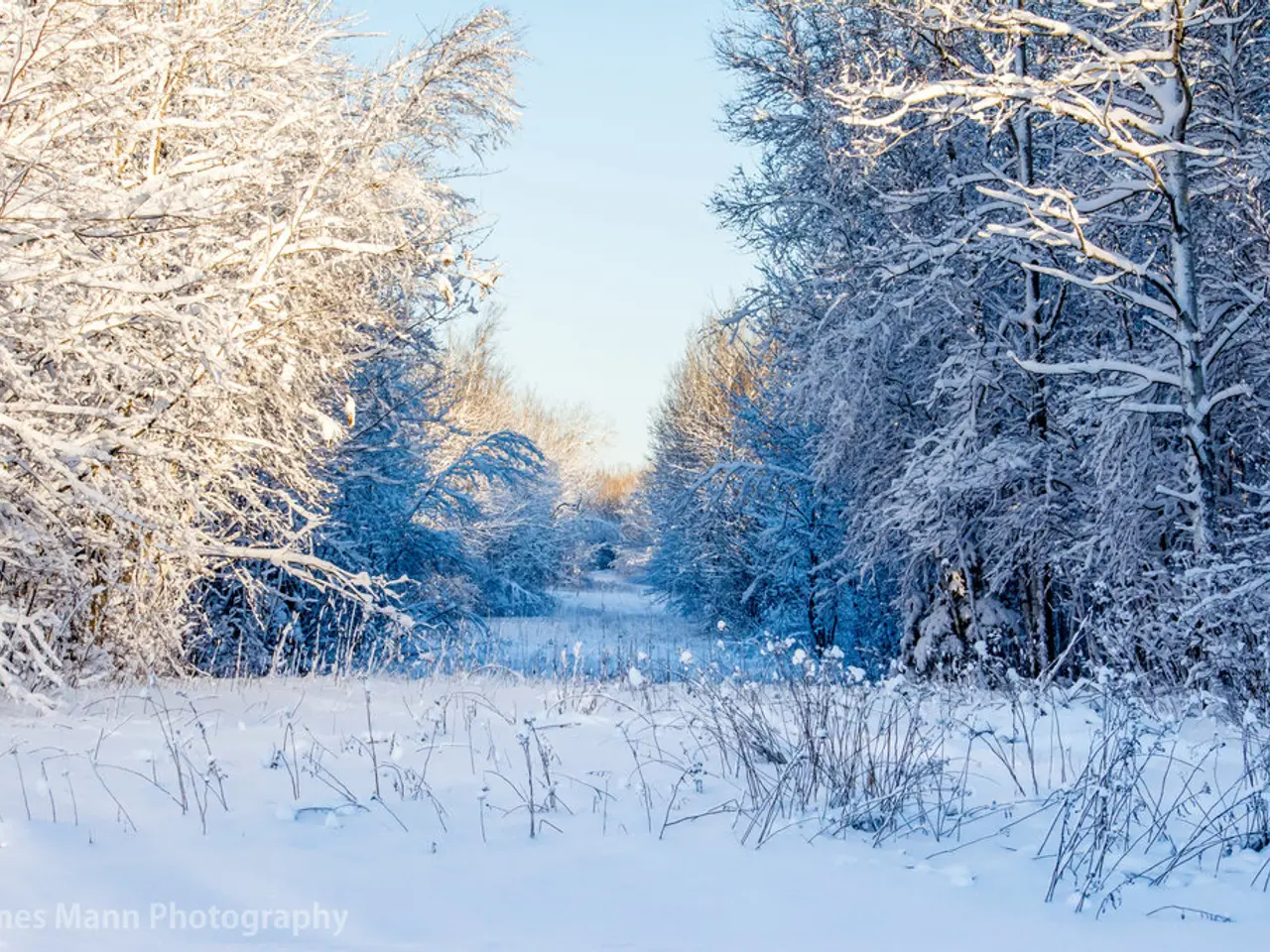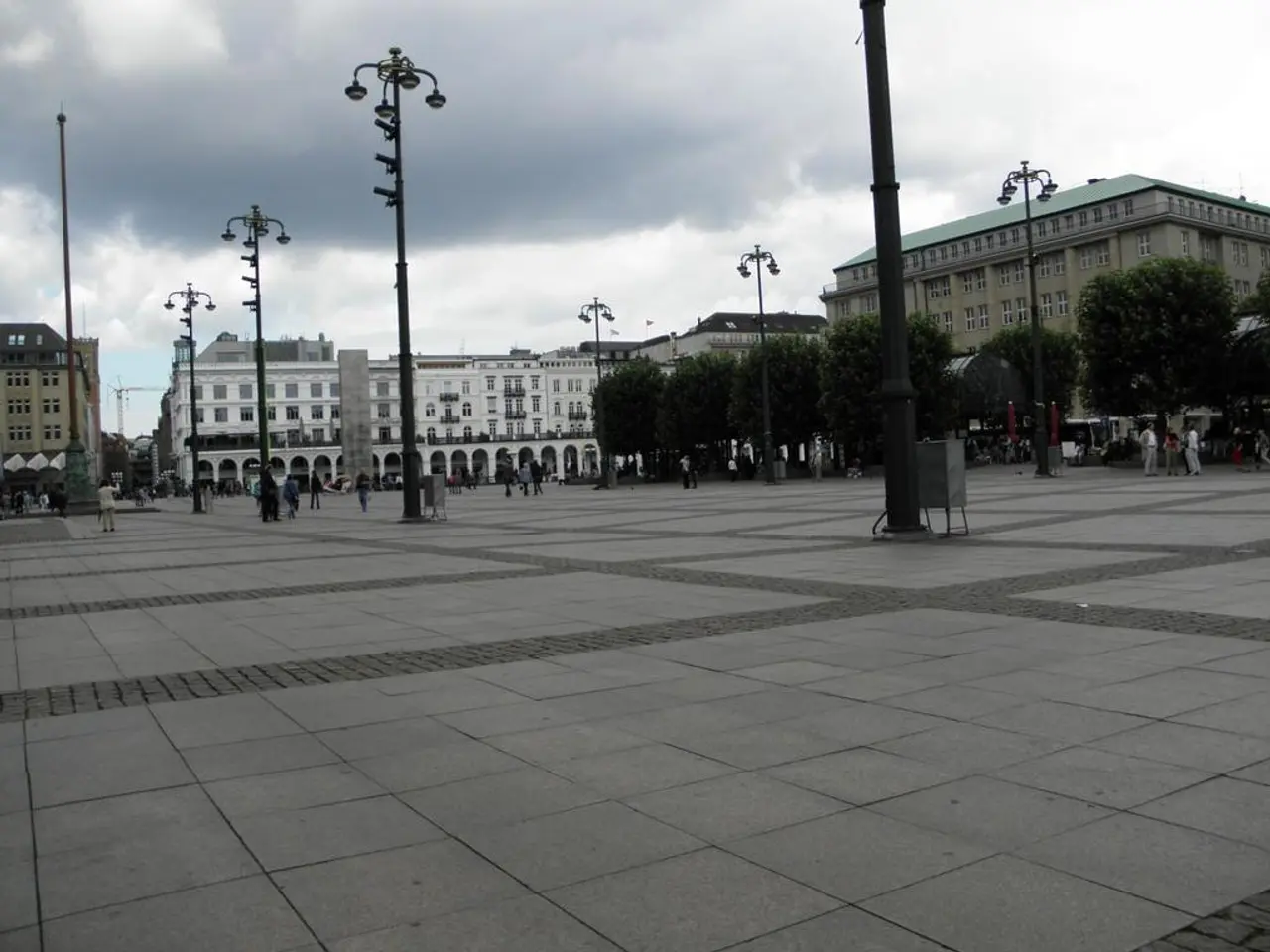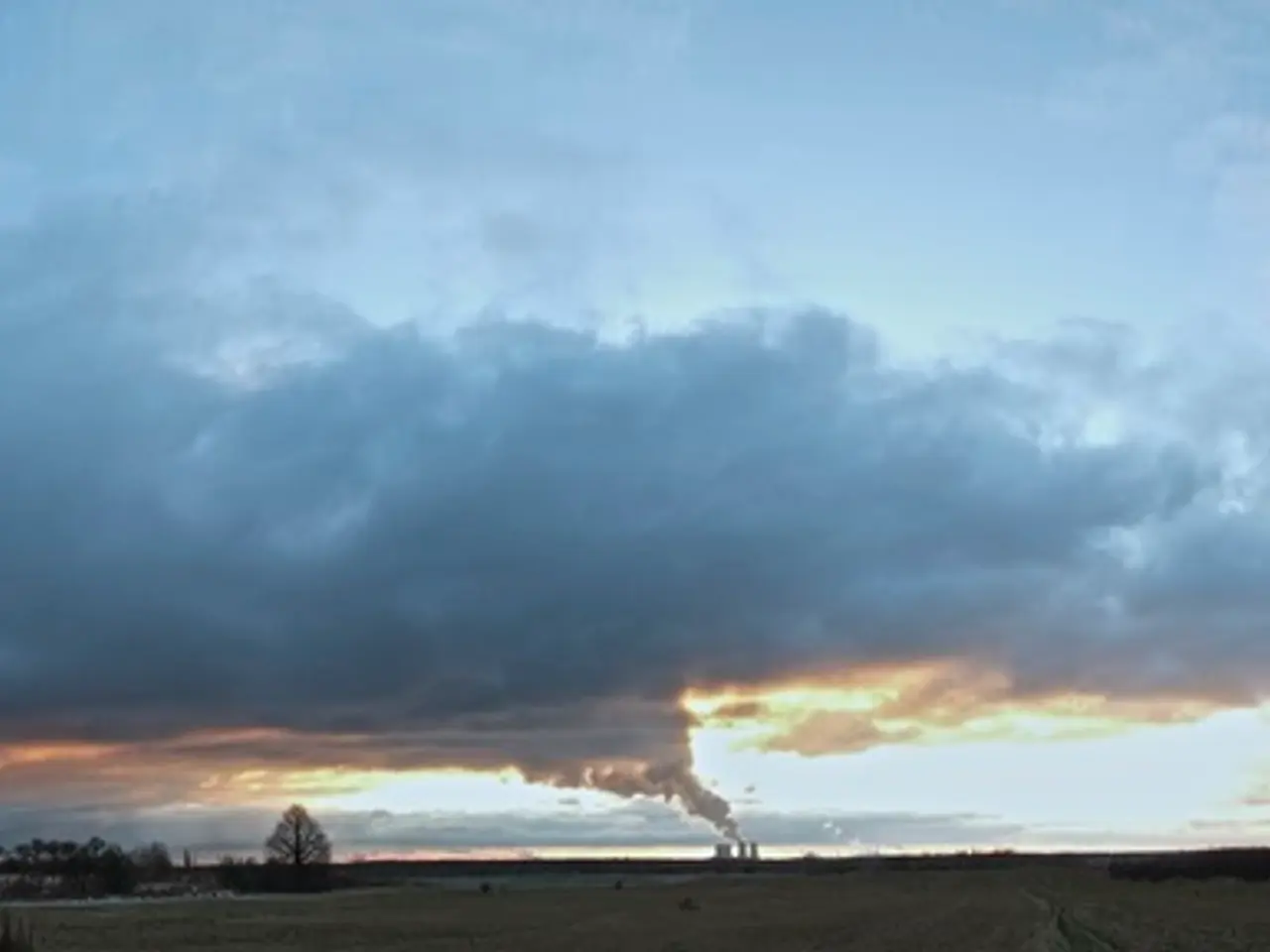Unexpected frost and snowfall in August leaves Meteorological Center in astonishment as they predict a chilly return of winter conditions
In Russia, the current weather situation is causing a significant impact on various sectors, including agriculture, energy, and tourism. According to scientists at the Institute of Geography of the Russian Academy of Sciences, the summer season is no longer uniform, and the country is experiencing a new climatic reality.
This new reality is evident in the agriculture sector, where Russia is facing severe crop losses for the second consecutive year. The southern regions, near the Black Sea, are experiencing extreme heat, while other areas are being hit by excessive rainfall. Key crops such as wheat, sugar beets, potatoes, and carrots are being damaged, with approximately 8% of sown areas lost in the south. As a result, the overall grain harvest is expected to decline to levels seen in 2024. The poor harvest quality and reduced yields are contributing to rising food prices and inflation, posing a serious risk to the Russian economy.
Energy systems are also being affected indirectly. For instance, Moscow recently suffered severe flooding twice within one week due to intense thunderstorms bringing a month's worth of rain in just a few hours. These floods, combined with heat waves, overstress urban infrastructure and energy supply networks, leading to disruptions and increased demand for cooling.
Climate scientists highlight that Russia is warming 2.5 times faster than the global average, making it increasingly vulnerable to extreme weather events such as prolonged heat waves, heavy rainstorms, and floods. Projections indicate that the frequency of heat waves in western Russia could rise from under 1% in 2010 to over 10% by 2100 if greenhouse gas emissions continue unabated.
To manage these increasing climate risks, adaptation strategies are being implemented. These include adjusting agricultural practices to cope with more erratic weather patterns and investing in urban infrastructure to withstand flooding and heat stress. However, given the severity of current conditions and forecasts, these strategies must be rapidly enhanced and scaled to avoid deeper economic and social impacts.
The abnormal weather has caused significant damage to agriculture, with up to 70% of crops destroyed in Siberia and the Urals. Road services have already begun treating roads to prevent ice. Residents in northern regions, particularly in Tyumen Oblast and the Yamalo-Nenets Autonomous Okrug, are heavily using heaters, causing overloads in power grids. The State Hydrometeorological Center predicts repeat night frosts in some regions in the coming days. Farmers in the Ural region report damage to crops and young trees due to frost.
In conclusion, the abnormal weather in Russia in 2025 is causing severe crop losses, economic strain from inflation, energy and infrastructure challenges due to flooding and heat, and requires urgent adaptation efforts to manage increasing climate risks.
Environmental science documents a challenging scenario for Russia, where climate-change-induced weather anomalies are impacting the country significantly. The science reveals a rise in extreme weather events, including heat waves, heavy rainstorms, and floods, which are detrimental to both agricultural production (such as wheat, sugar beets, potatoes, and carrots) and energy systems (through urban infrastructure stress and power grid overloads). Moreover, these anomalies are predicted to persist and worsen if greenhouse gas emissions continue unabated, necessitating urgent investment in adaptation strategies like improved agricultural practices and robust urban infrastructure.







